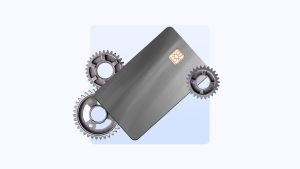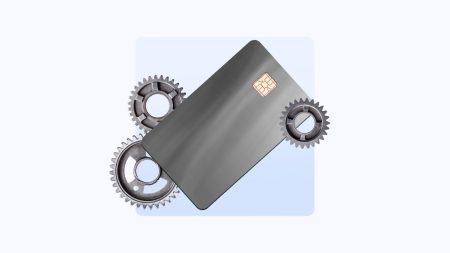Home equity loan rates continued their decline to fresh 52-week lows this week, with HELOCs posting the most significant drop, following the Federal Reserve’s bigger-than-expected half-point interest rate cut last month. The $30,000 home equity loan averaged 8.36 percent and the $30,000 HELOC averaged 8.73 percent, falling more than 20 basis points, according to Bankrate’s national survey of lenders.
“If the Fed continues to reduce the federal funds rate as expected over the next year, that should bring further declines for HELOCs, which peaked above 10 percent last year, and home equity loans, perhaps to below eight percent by the end of this year,” says Mark Hamrick, Washington Bureau Chief for Bankrate.
| Current | 4 weeks ago | One year ago | 52-week average | 52-week low | |
|---|---|---|---|---|---|
| HELOC | 8.73% | 9.25% | 9.01% | 9.34% | 8.73% |
| 15-year home equity loan | 8.37% | 8.55% | 8.89% | 8.81% | 8.37% |
| 10-year home equity loan | 8.46% | 8.60% | 8.88% | 8.83% | 8.46% |
Note: The home equity rates in this survey assume a line or loan amount of $30,000.
What’s driving home equity rates today?
HE Loan and HELOC rates are being influenced today by two factors: the Federal Reserve’s actions and lender competition.
“The rates on existing borrowers’ HELOCs will shadow the Federal Reserve’s interest rate cuts, typically with a one-to-two month lag,” says Greg McBride, chief financial analyst at Bankrate.
McBride also notes that with the Fed’s recent half-point rate cut and the likelihood of another by year-end, HELOC borrowers can expect rates to continue declining.
“HELOC rates will be sensitive to declining interest rates and borrowers will see rates steadily moving lower, even faster than fixed-rate home equity loans,” he says. “HELOC rates could fall faster than credit card rates, particularly if competition brings about introductory offers and if credit card issuers are skittish about delinquencies and slower to pass along lower rates.”
What influences home equity loan rates?
Several factors can influence rates on home equity loans and HELOCs.
Chief among them: changes to the Federal Reserve’s monetary policy. New home equity loans and HELOCs are tied to the prime rate, which tends to move alongside the benchmark interest rate that the Fed adjusts. As a result, when the Fed raises rates, borrowing costs on consumer loans tend to go up. And the opposite happens when it lowers rates.
The Fed’s moves influence loan rates in general. The offer you receive on a particular HELOC or new HELoan also reflects your creditworthiness — specifically your credit score, debt-to-income ratio, and the value of the home you’re putting up as collateral.
Read the full article here










